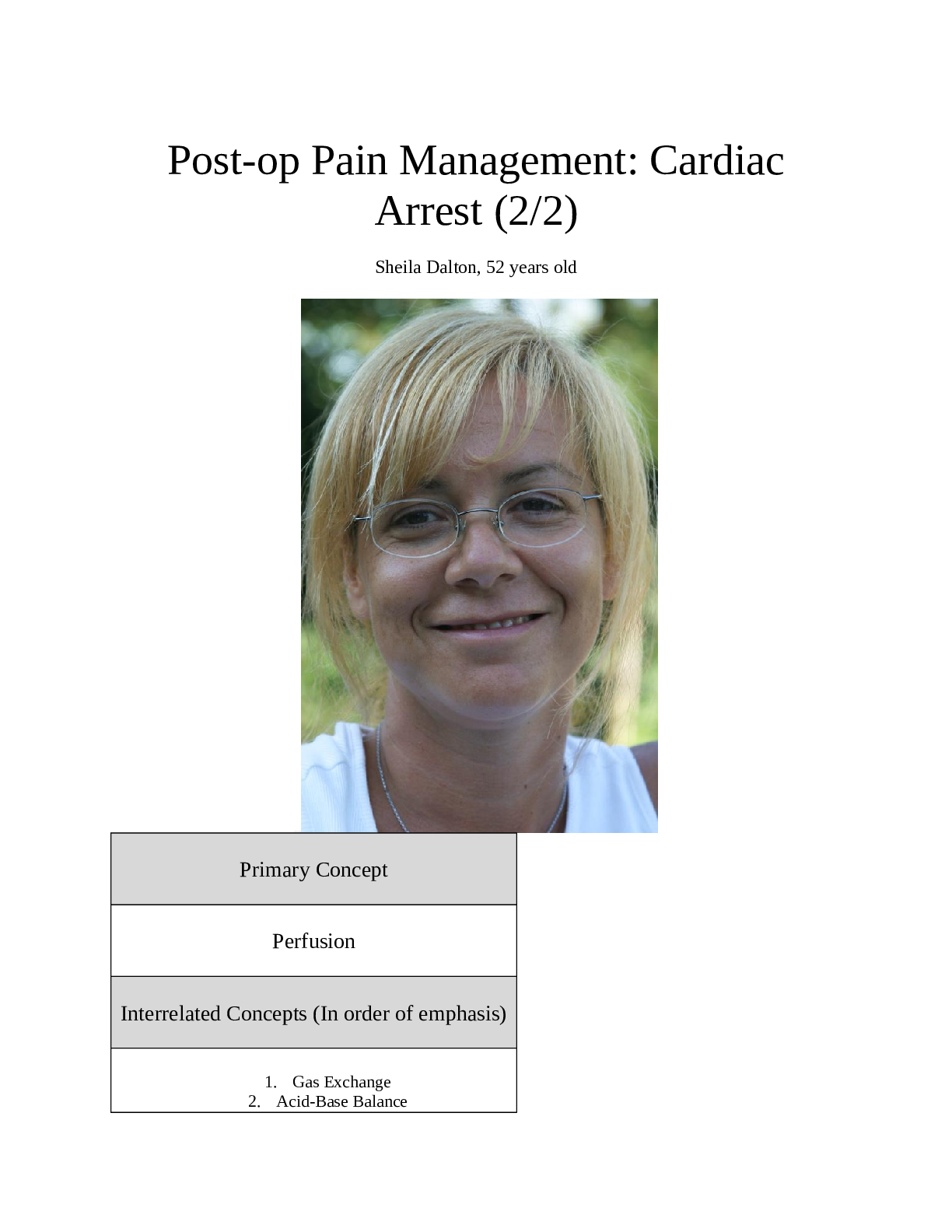Post-op Pain Management: Cardiac Arrest (2/2)
Course
Project Management
Subject
Chemistry
Category
Case Study
Pages
20
Uploaded By
ATIPROS
Preview 5 out of 20 Pages


Download all 20 pages for $ 9.50
Reviews (0)
$9.50
